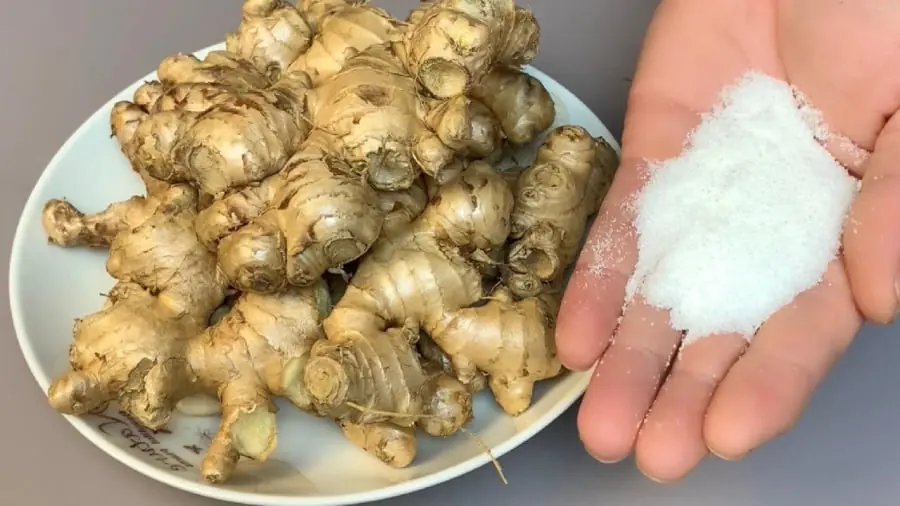
Is it better to drink boiled or bottled water?
Some people are used to drinking traditional boiled water, while others are worried about the quality of tap water and choose to drink bottled water. Two new studies will give you the answer.
A study published earlier this year in the scientific journal Proceedings of the National Academy of Sciences (PNAS) found that there are an average of a quarter of a million plastic particles in a 1-liter bottle of water, 100 times more than previously estimated.
Specifically, scientists looked at five different water bottles from three popular brands (names were not given). On average, they found 240,000 particles from seven different types of plastic, mostly in nano form.
Previous studies have focused on microplastics (pieces smaller than 5mm and larger than 1 micron (1/1000 mm), while nanoplastics, which are smaller than 1 micron in size, are considered more dangerous because they can easily penetrate organs such as the intestines, lungs, enter the bloodstream, and even reach the heart and brain. They even cross the placenta and eventually enter the fetus.
"This study provides a powerful tool to address the challenges in analyzing nanoplastics, promising to bridge the current knowledge gap on plastic pollution at the nanoscale," said Naixin Qian, lead author of the study, Columbia University, USA.
However, research on the true harm of nanoplastics is still ongoing.

A recent study in the journal "Environmental Science and Technology Express" by Professor Li Zhanjun, Guangzhou Medical University and Professor Zeng Yongping, School of Environment, Jinan University showed that by simply boiling water and filtering, it is possible to remove up to 84% of nano/micro plastics. This is the simplest and most harmless way to purify water, thereby reducing the amount of microplastics that people absorb through drinking water.
The study found that during the process of boiling water, as the water temperature increased (25-95 degrees Celsius), the efficiency of removing microplastics in water gradually increased from the initial 2% to 28% and increased sharply to 84% at 100 degrees Celsius. At the same time, the concentration of microplastics decreased from the initial 30 particles/microliter to 4.8 particles/microliter.
So where do the microplastics in water go? The study found that the missing microplastics were transferred from water to sediment. Calcium carbonate in the sediment can remove microplastics from water by co-precipitating with the microplastics.
Finally, the study compared the amount of microplastics adults and children drank from boiled water and tap water in 67 regions on six continents based on different water quality and drinking habits around the world. The daily amount of microplastics absorbed through boiled water was found to be 2-5 times less than the amount of microplastics ingested through tap water.
The scientists reinforce the argument that the ancient wisdom of drinking boiled water that has been left to cool can indeed remove microplastics.
News in the same category

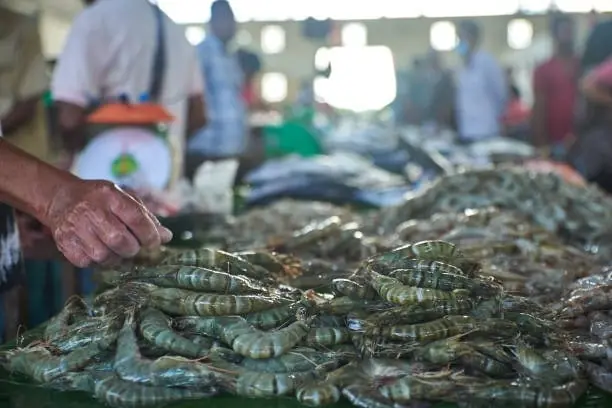
Add One Small Step to Keep It Fresh and Sweet for a Whole Year
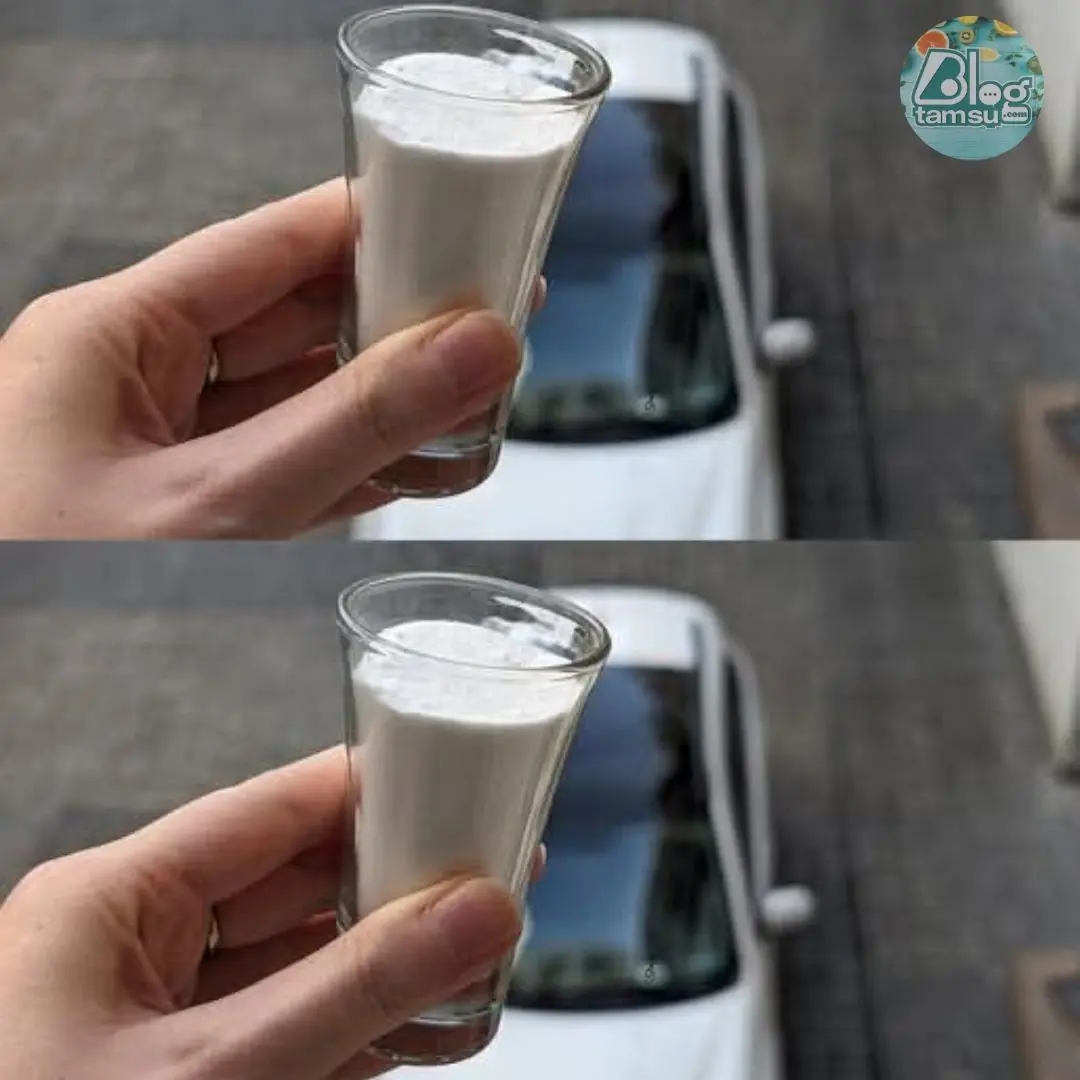
Put 1 Glass of Salt in a Car: Surprising Hack Every Driver Needs to Know

6 Indoor Spots Where You Should Never Install Security Cameras

After 30 years of using a microwave, I finally discovered this “magic button”
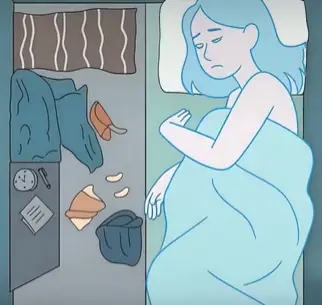
Waking Up Between 3 And 5 AM Could Indicate a Spiritual Awakening
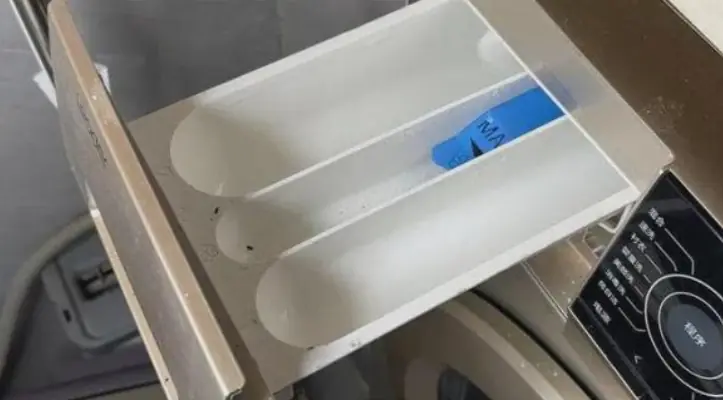
Today I Learned How to Properly Use the Detergent Drawer in a Washing Machine – No Wonder My Clothes Weren’t Getting Clean
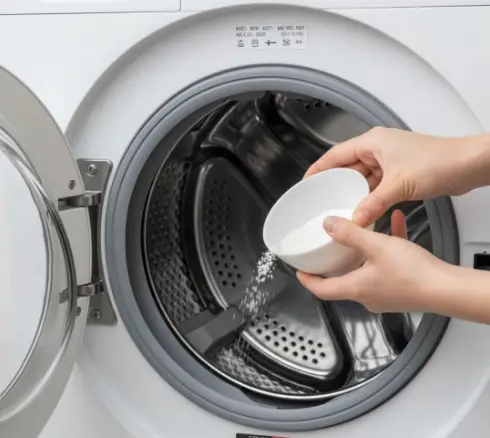
The washing machine accumulates a lot of dirt and bacteria
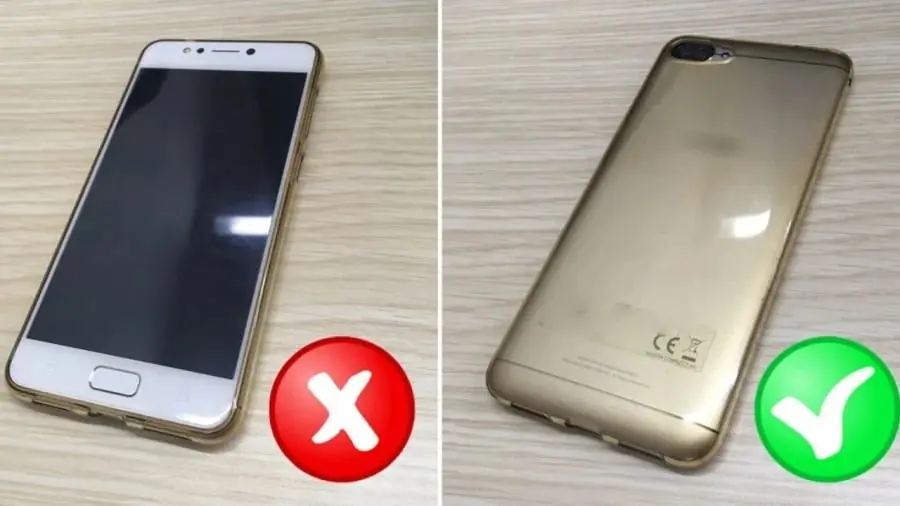
Put the phone down on the table, why you should put the screen face down: Know the reason no one wants to do the opposite

The water heater has a "hidden switch". If you open it, it can last for 10 years and is durable without worrying about wasting electricity

Grandparents’ Advice: Keep These 5 Things Out of Your Home or Misfortune Will Follow
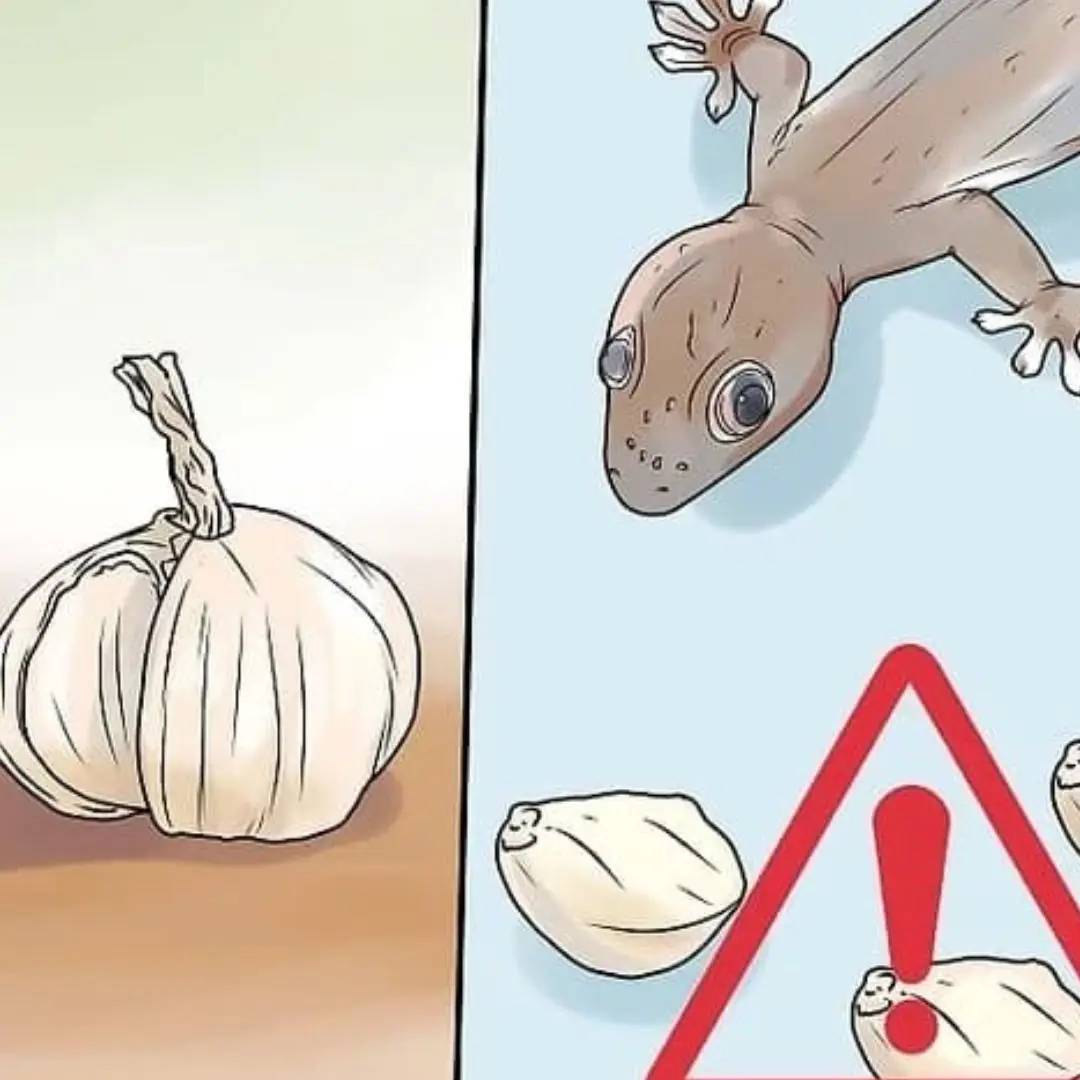
Too many geckos in the house, here's a little trick to make them 'go away and never come back
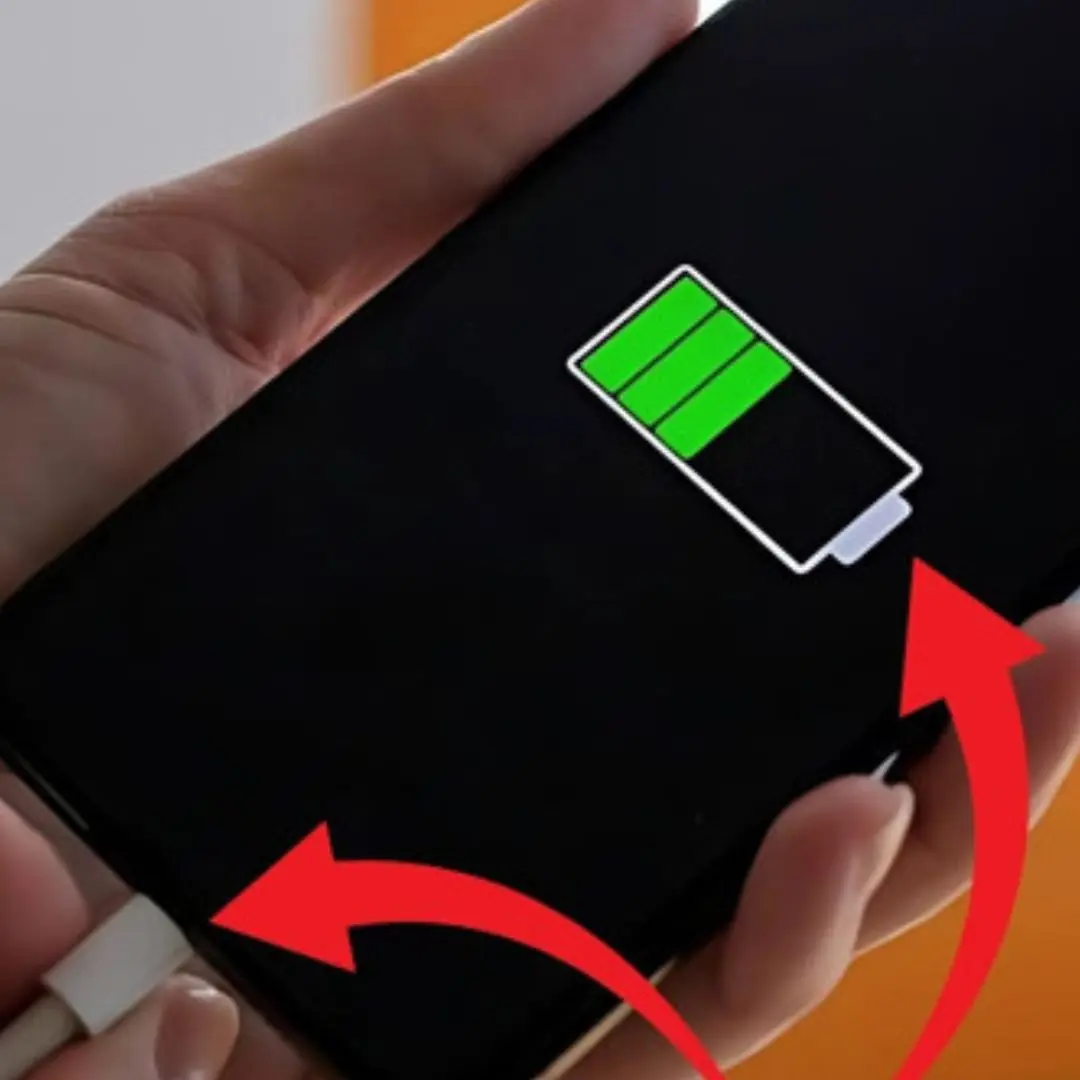
When should you charge your phone: this is the number that helps the battery last longer and not wear out
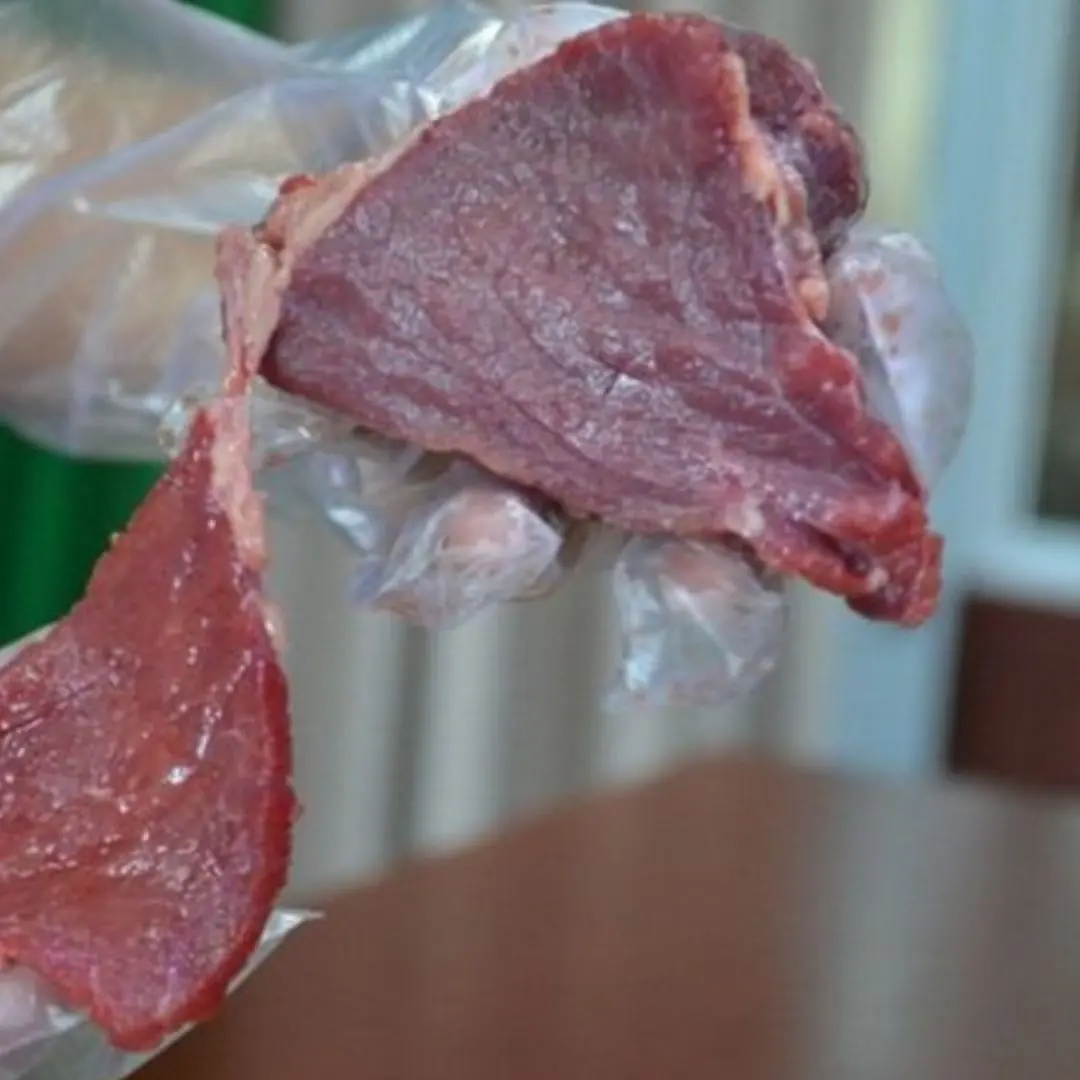
If you see a piece of beef with these 3 characteristics, absolutely do not buy it
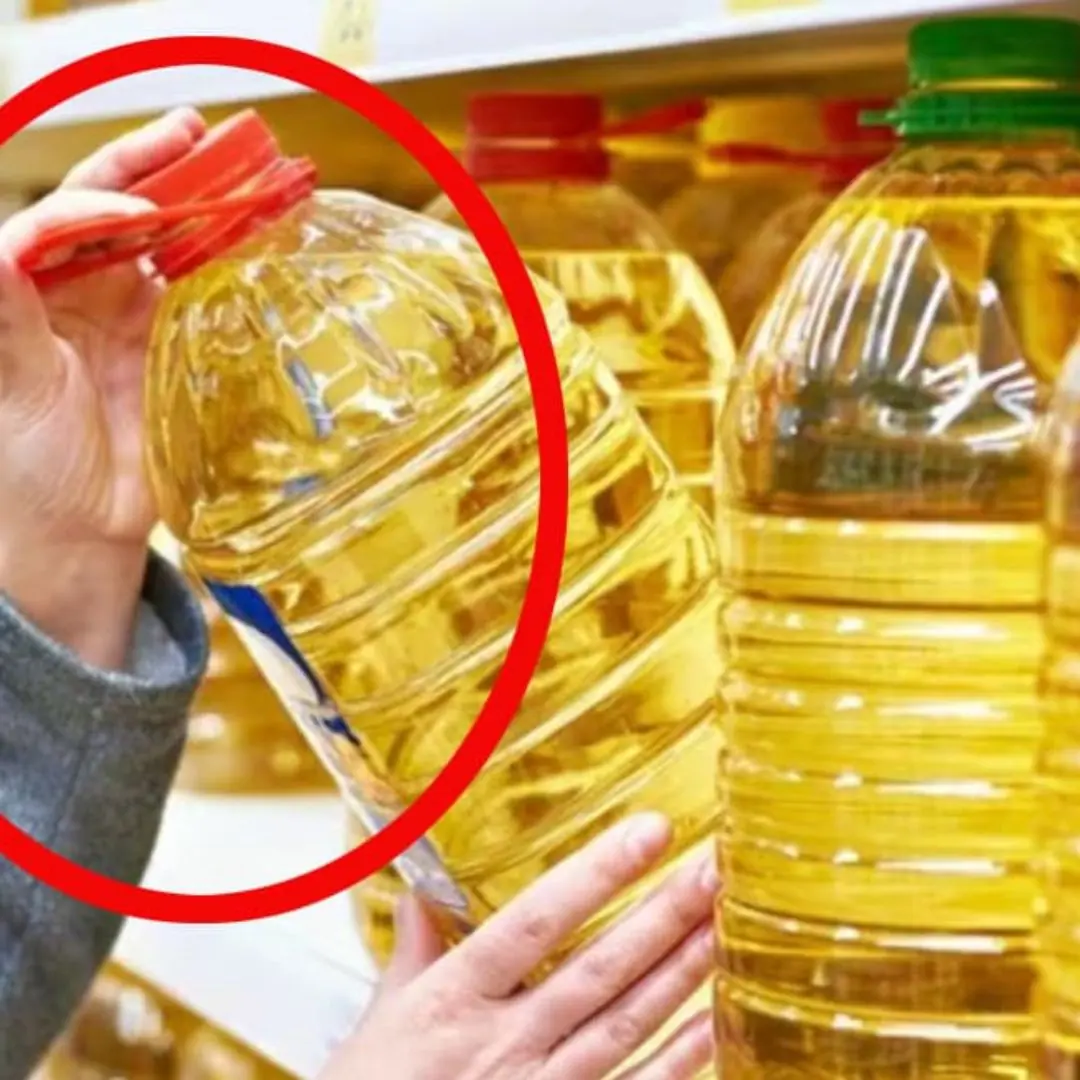
Be careful when buying cooking oil: If it has these 3 words, no matter what brand it is, it is "mixed oil"
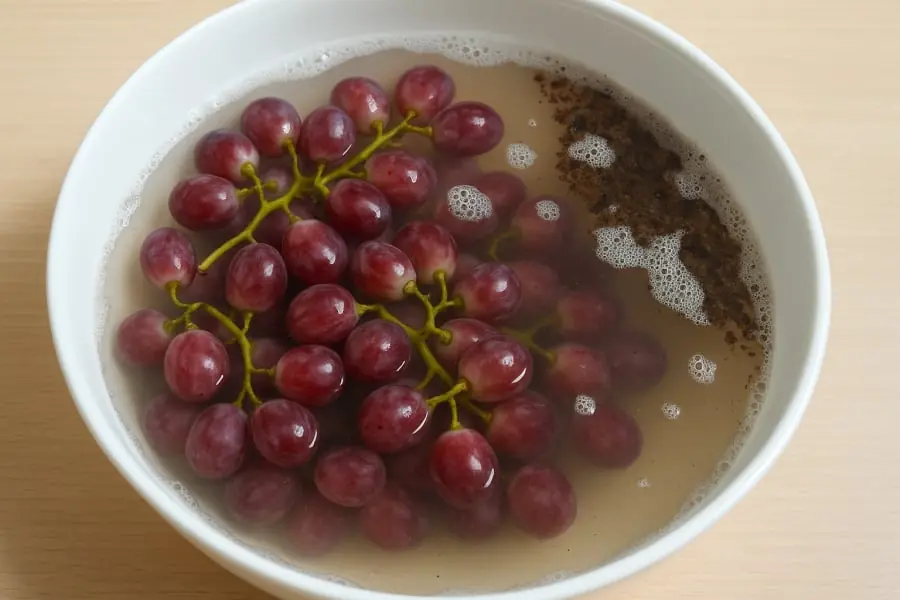
The Mistake of Washing Grapes with Salt or Baking Soda=
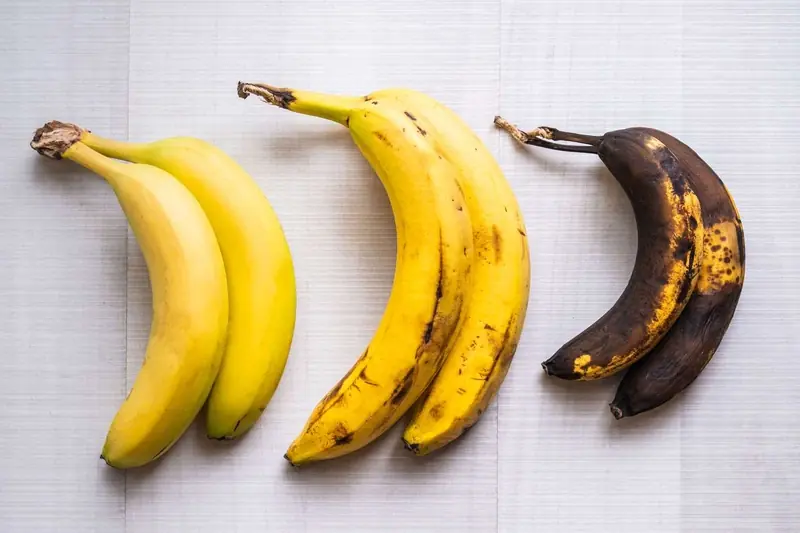
Keep Bananas Fresh for 2 Weeks by Storing Them Here — Not in the Fruit Bowl
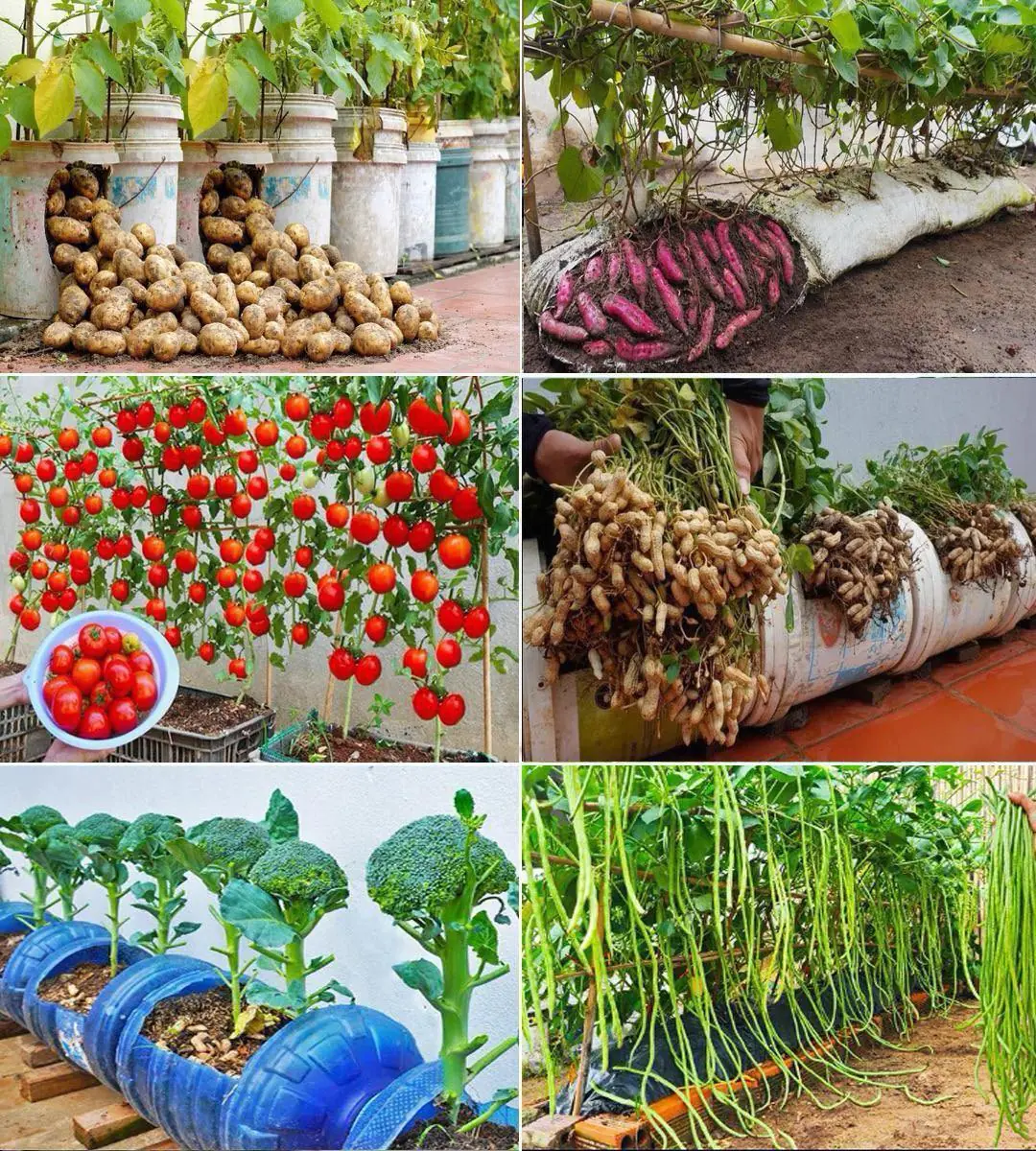
12 vegetables that grow well in containers
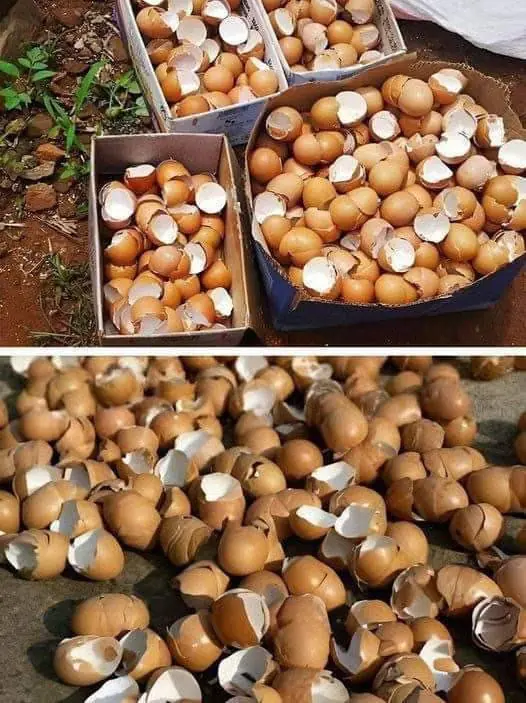
Don’t toss those eggshells! Here’s why you should keep them
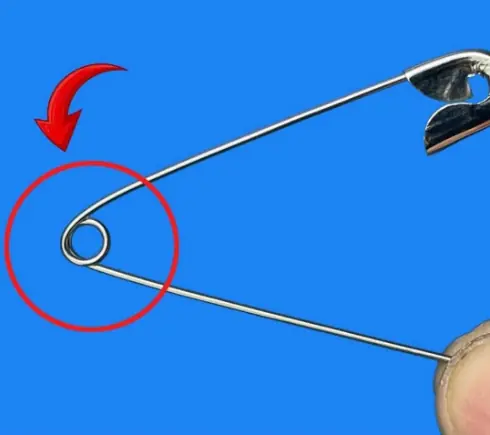
What’s the Purpose of That Tiny Hole in a Safety Pin?
News Post
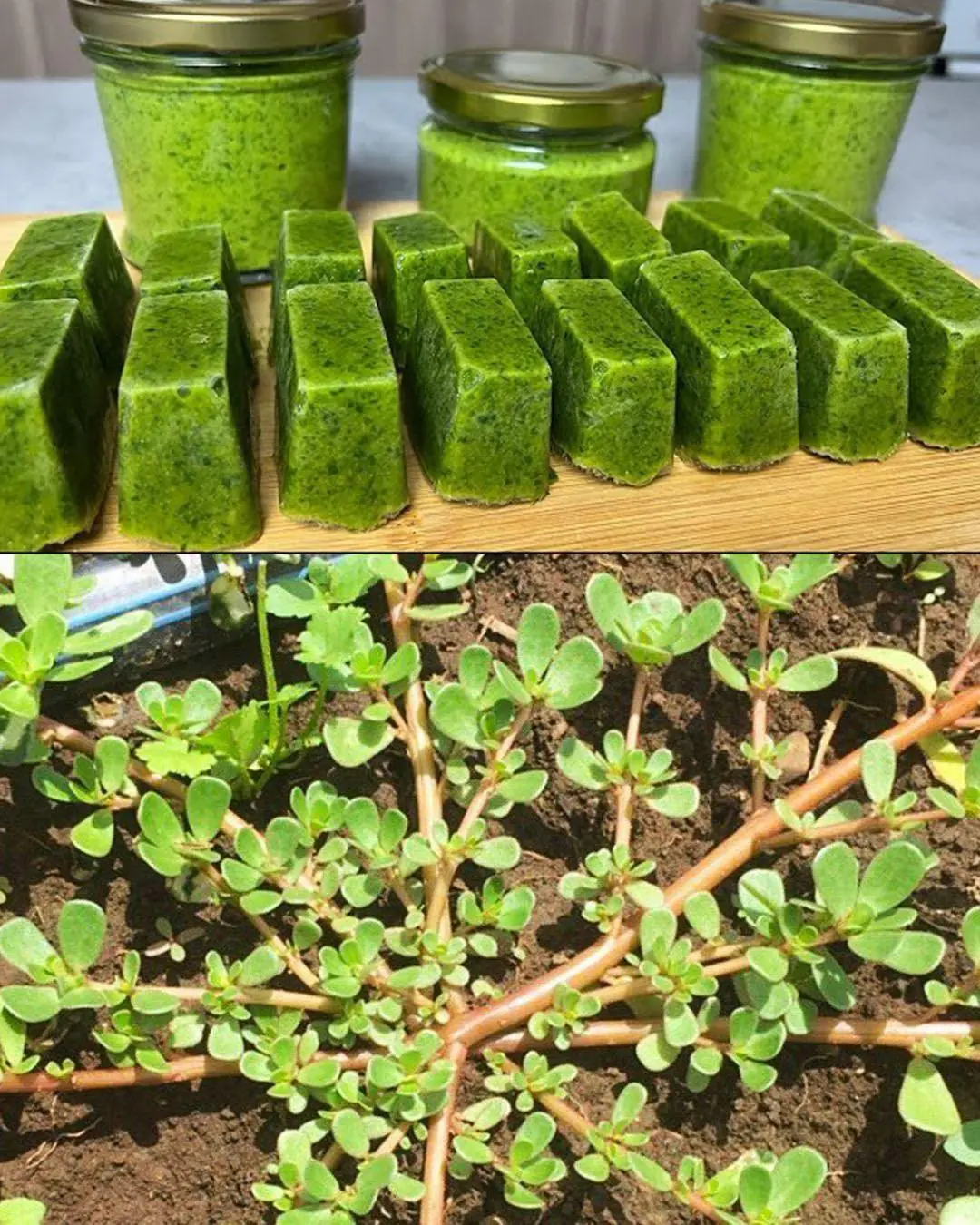
11 Little-Known Secrets of Purslane: A Wonder Plant in Disguise
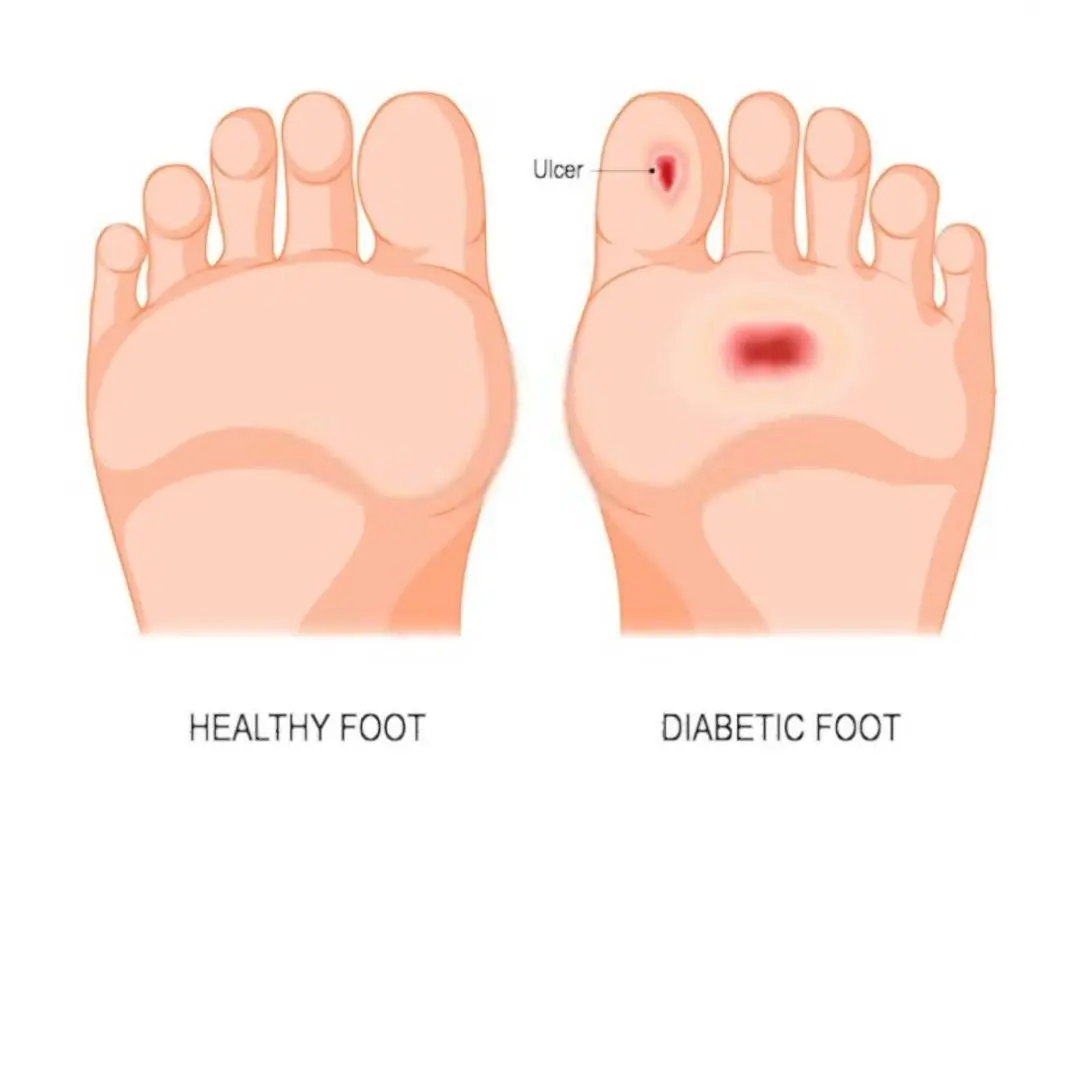
If you see this phenomenon in your feet, go see a doctor for diabetes.
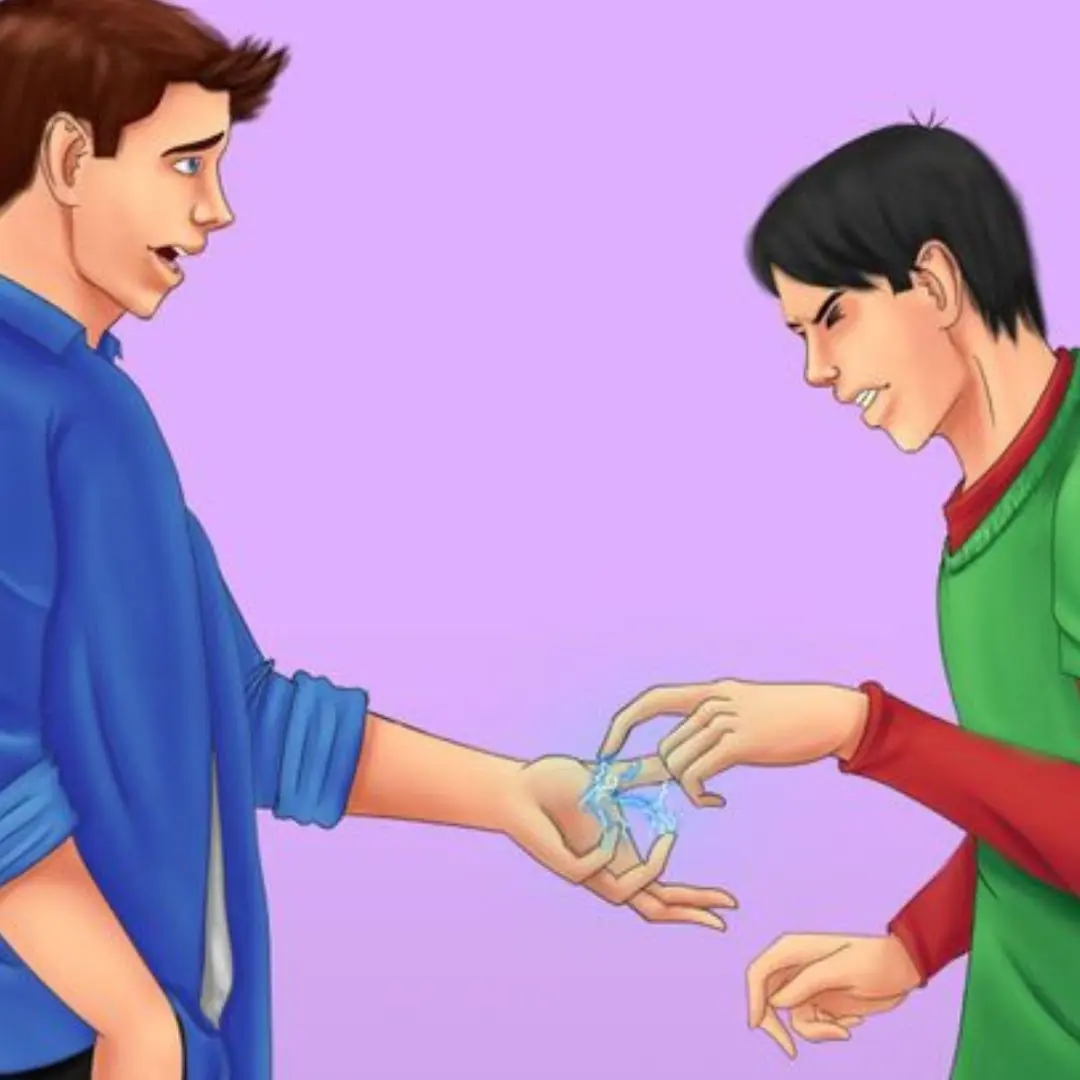
Why You Might Feel a Light Electric Sho.ck When You Touch Someone

'You're Nothing but a Parasite': My Husband Demanded I Get a Job & Care for 3 Kids – Until I Turned the Tables on Him

I Paid for a Homeless Man's Groceries – The Next Day, He Greeted Me as a CEO at My Job Interview

My Birth Family Contacted Me After 31 Years with an Outrageous Request — Am I Wrong for How I Reacted?

Doctor’s Warning: 3 Foods You Should Never Eat Within 3 Hours Before Bed

She Kept Crying About Pain in Her Bottom — What the Doctor Said Left Her Parents in Shock
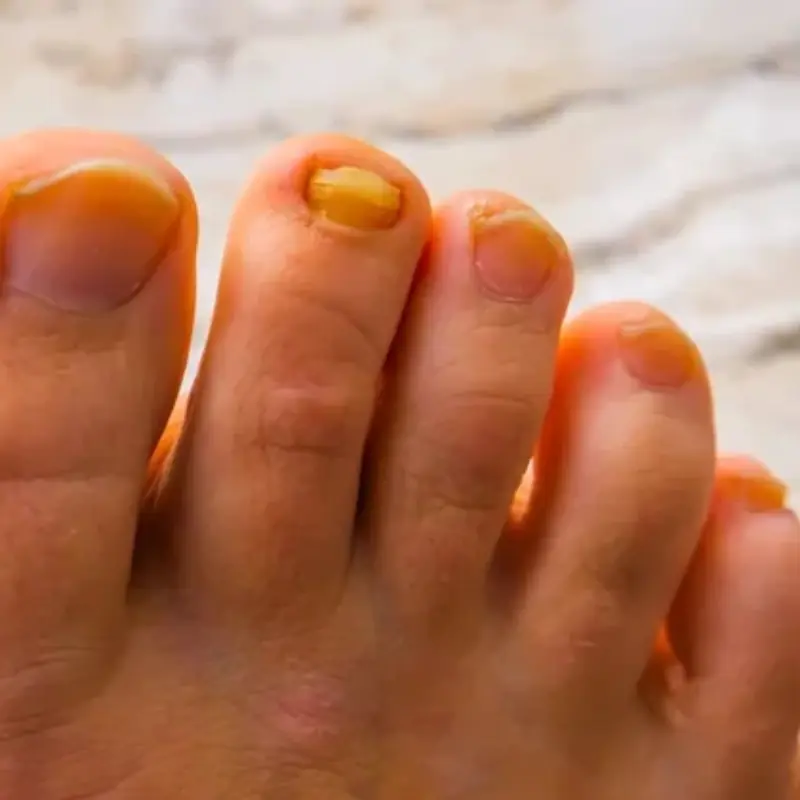
5 Changes in Your Feet That Signal Your Li.ver Is “Exhausted” It Might Have Been Can.cer for a Long Time
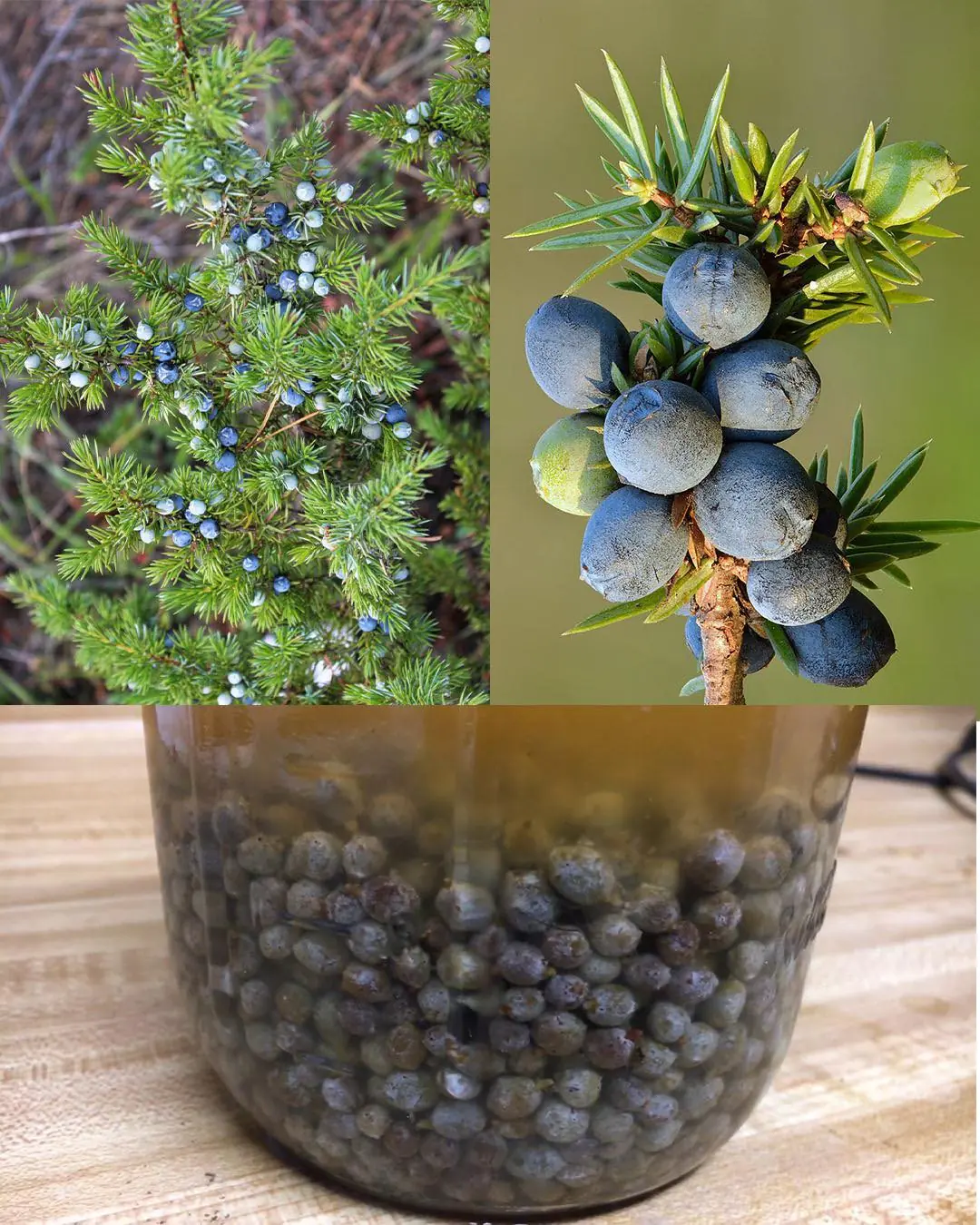
Juniper: 20 remarkable benefits and how to use it

My Sister Wore a Wedding Dress to My Wedding Because She Thought I'd Upstage Her – So I Taught Her a Lesson She'll Never Forget
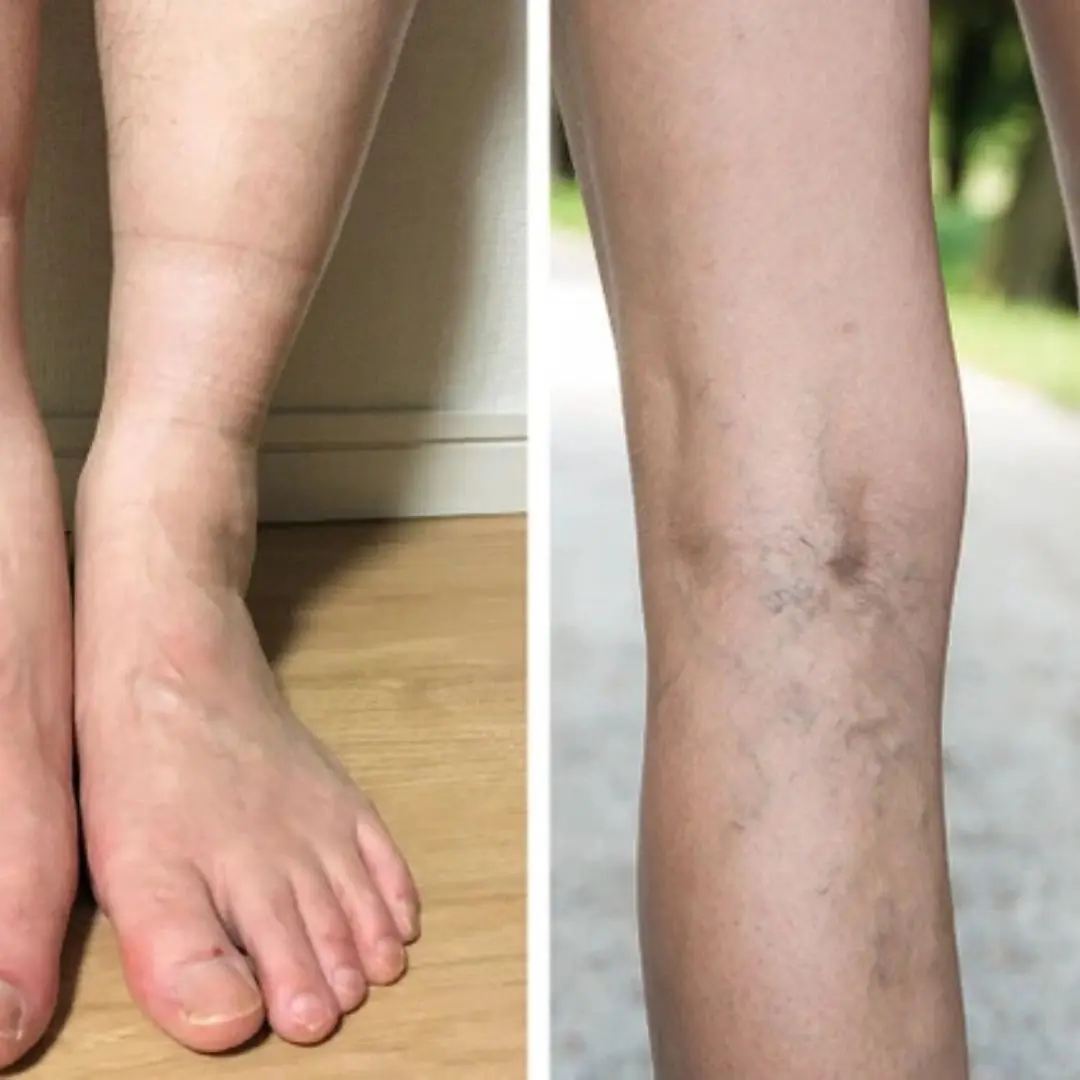
4 Health Problems Your Feet Could Be Telling You Through Sock Marks

My Father Burst Into the Church and Shouted, 'The Wedding Is Canceled!' – I Went Pale When I Learned Why

Father of My Baby Mocked Me for Picking $3 Buns for Dinner at the Grocery Store — Next Moment, My Future Was Rewritten

A 52-Year-Old Woman Di.ed from a Stro.ke: Middle-Aged People, Stop Doing These 7 Things

If Your Parent Shows These 4 Signs, They May Be Nearing the End of Life. Prepare Yourself for What’s to Come

When the Toughest Table Listened: The Boy Who Needed Heroes

My Stepmom Destroyed My Late Mom’s Prom Dress – But She Never Expected My Father Would Teach Her a Lesson

The Silent Party: When My Twin Grandmas Turned 100 And Locked Us Out Of Their World
